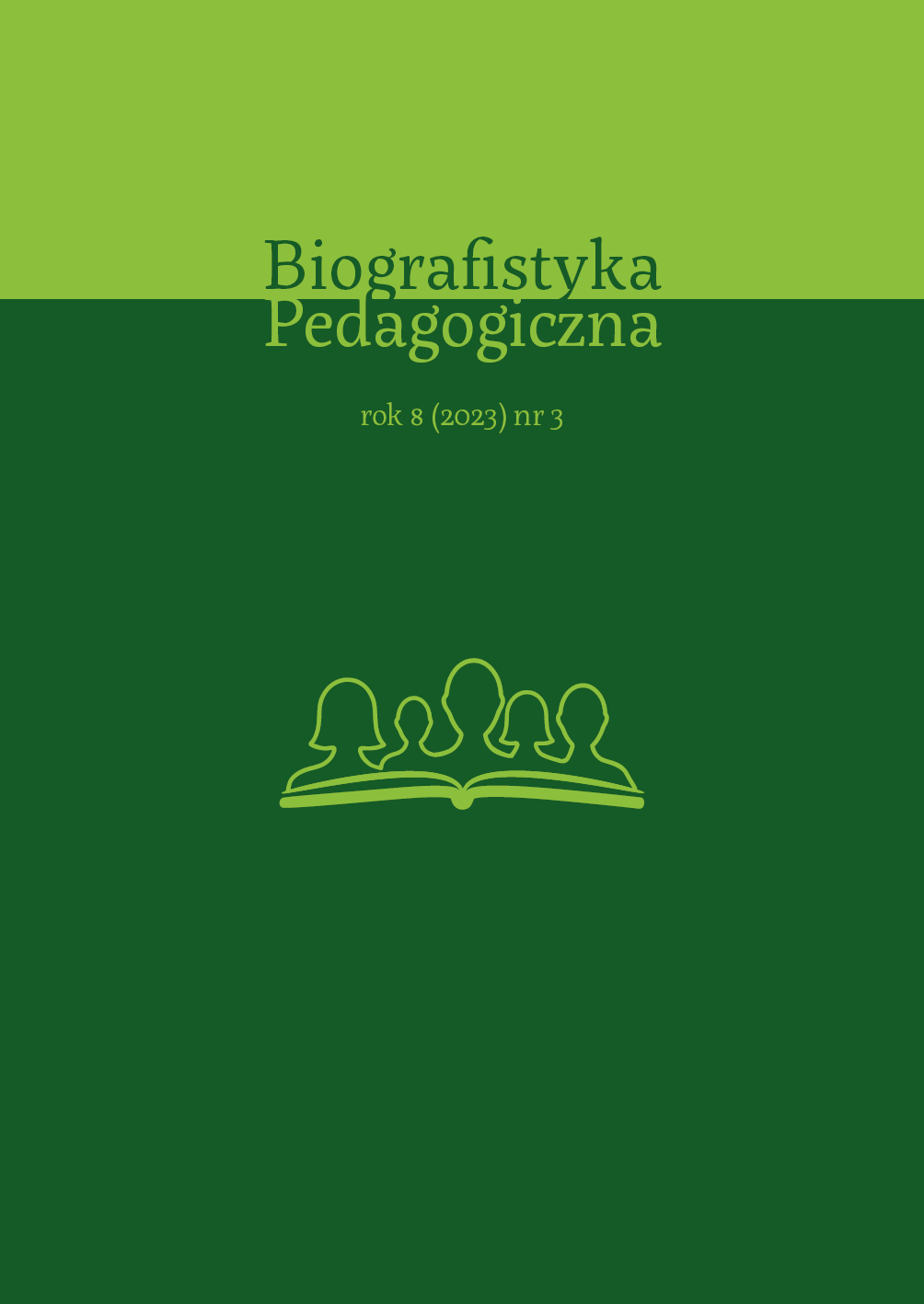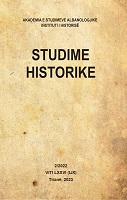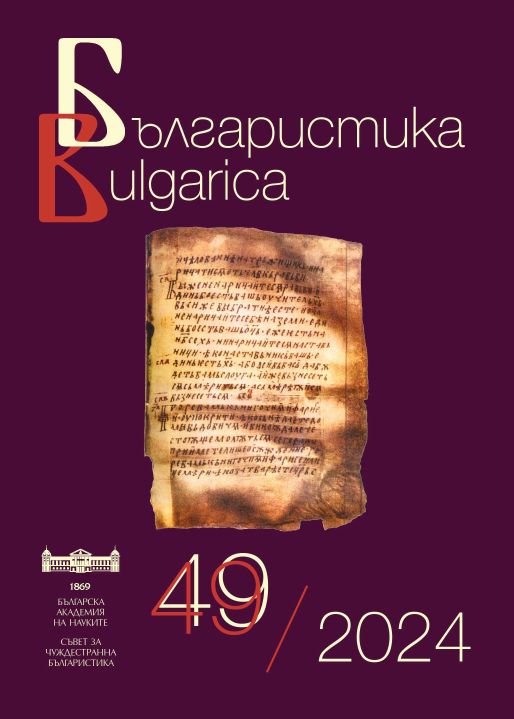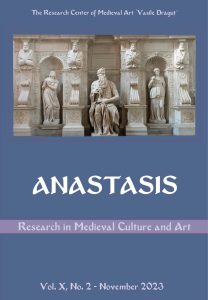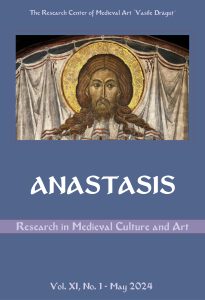Author(s): Beata Skrzydlewska / Language(s): English
Issue: 3/2023
Eustachy Tomasz Skrochowski was born on September 18th, 1843, in Kotowa Wola, near Tarnobrzeg. He came from a gentry family, his parents were Manswert Skro-chowski and Salomea née Olszewski. He graduated from Lviv’s real school and later took up studies at the Technical Academy, graduating with honors. It should be added that he deepened his knowledge in other European centers – he spent the third year of his studies in Vienna, obtaining a diploma in engineering.During his stay in Paris, he met Walerian Kalinka, one of the future members of the Congregation of the Resurrectionists. On November 9th, 1870, he joined the Con-gregation of the Resurrection of Our Lord Jesus Christ. A year later, he took his fi rst vows on November 30th, and his solemn profession on November 7th, 1874. Subsequently, he enrolled at the Sapienza University to study philosophy, and at the Gre-gorian University to study theology. During this time, he designed the main altar and the pedestal for the 14th-century seven-armed candlestick for the Sanctuary of Mary in Mentorella, completed in 1881–1883. Soon after Skrochowski decided to withdraw from the order, successively being released from his vows on January 21st, 1882. After-wards, he started working in Cracow, where he was, among other things, a catechist, also actively contributed to the fi eld of culture. In the academic year of 1886/1887, he obtained a doctorate at the Jagiellonian University in the history and aesthetics. Sub-sequently, he was hired at the Faculty of Theology of the Jagiellonian University, where he worked for a short time, since he became a full professor at the Faculty of Theology at the University of Lviv on January 14th, 1891, touching on topics relating to museums and the necessity of establishing them in the territories of the former Republic.Eustachy Skrochowski demonstrated great interest in Christian antiquity, he was a theoretical archaeologist, but also the fi rst Pole who wrote articles on early Christian art. He was focused on promoting the idea of ecclesiastical museology and the preserva-tion of antiquities. He also actively participated in conferences on these issues.
More...


